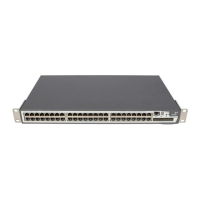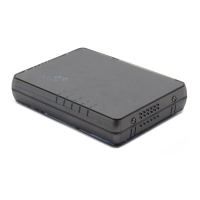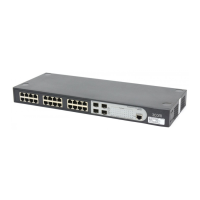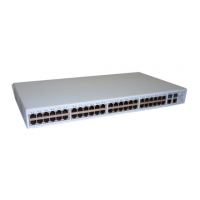1-4
QoS Feature Description Refer to …
Congestion
avoidance
WRED
For information about congestion
avoidance and WRED, refer to
Congestion Avoidance.
Congestion
management
The Switch 5500-EI series
support SP, WFQ, and WRR
queue scheduling
algorithms and support the
following five queue
scheduling modes:
z SP
z WFQ
z WRR
z SP+WFQ
z SP+WRR
For information about SP, WFQ, and
WRR, refer to
Queue Scheduling.
Introduction to QoS Functions
Traffic Classification
Traffic here refers to service traffic; that is, all the packets passing the switch.
Traffic classification means identifying packets that conform to certain characteristics
according to certain rules. It is the foundation for providing differentiated services.
In traffic classification, the priority bit in the type of service (ToS) field in IP packet header
can be used to identify packets of different priorities. The network administrator can also
define traffic classification policies to identify packets by the combination of source
address, destination address, MAC address, IP protocol or the port number of an
application. Normally, traffic classification is done by checking the information carried in
packet header. Packet payload is rarely adopted for traffic classification. The identifying
rule is unlimited in range. It can be a quintuplet consisting of source address, source port
number, protocol number, destination address, and destination port number. It can also be
simply a network segment.

